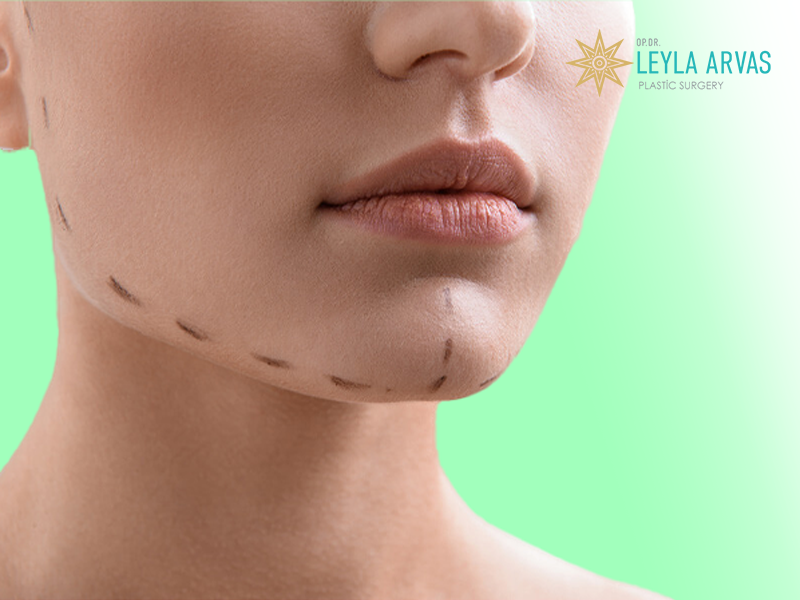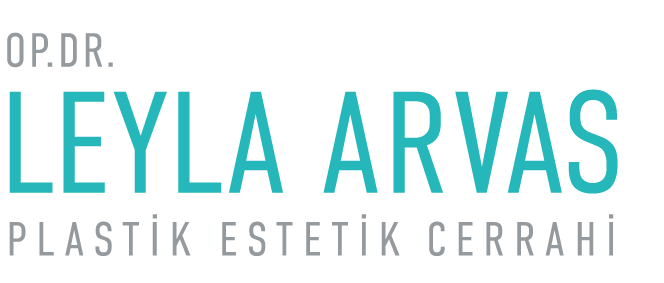In order to enhance the jawline, chin implants, also known as chin augmentation or mentoplasty, are employed. The implants’ sizes are selected to provide patients with symmetry and proportion with the rest of their faces. Because of the profile and large face, a pronounced jawline and a prominent chin are typically produced.

Due to their ability to produce long-lasting results, chin implants have gained popularity. While retaining the patient’s face’s natural appearance, it enhances the profiles. They also correct the face’s symmetry and upper-lower balance.
What Is Chin Augmentation (Chin Implants)?
The most significant aesthetic component of the lower facial look is the chin. The profile and contour of the overall face are determined by the chin and nose combined. As we age, our bones become less dense, and our facial fat shrinks and dissolves. As a result, the chin seems retracted and appears smaller or “weaker.” The upper teeth may protrude, the chin may look weak, and the neckline may be blurry when there is a weak chin. One method to change this look is through chin augmentation surgery. The size and definition of the chin are both increased with chin implants.
The patient and our doctor will decide together on the chin treatment after examining the patient’s jaw structure and discussing the patient’s preferences. In this situation, the extent of the planned operation and, if required, the chin and other treatments, are decided. Additionally, there are situations where chin surgery is not necessary since the patient’s desired appearance may be accomplished by simply having their chin filled.
Candidates For Chin Implants
Chin implants can be used to address chin asymmetry, chin shift, or flattening. Chin aesthetics may be a smart choice for you if you’re concerned about the location, shape, and appearance of your chin. Anyone who is in good health and does not currently have an illness can use it.
The nose may appear excessively long and the forehead may appear too forward when the chin is too little in comparison to other facial features. A patient with a tiny or backward jaw structure can often employ chin implants or other techniques to balance their face ratio.
Types Of Chin Implants
Modern chin implants are often fabricated from highly biocompatible alloplastic materials. Silicone, Gortex, and high-density porous polyethylene are some examples of these substances. Both Gortex and silicone are widely utilized in implants. Polyethylene implants are a potential option for bigger implants due to their porous nature. Moreover, these implants’ tissue development and protection features are not the only benefits they provide.
Chin implants that are placed in the midline of the jaw can be used to bring the jaw forward in different amounts.
The anterior portion of the chin can be subtly or noticeably enhanced using anatomical chin implants. This implant has two wings that intersect at 45 degrees and are shaped to fit the anterior mandibular bone, making the implant look more natural.
More angular and square jawlines can be achieved with the use of extended anatomical chin implants. Those wings are really implants in the body, and they’re quite lengthy. In order to better define the mandible, the wings narrow from the lower jaw down to the ridge.
Mandibular implants are designed to make the jawline more prominent and to broaden the angle of the jaw. When utilized in conjunction with anatomical implants, this design can restore a patient’s jawline to its natural form.
In reconstructive chin surgery, we use unique implants—3-dimensional prosthetics made to disguise or disguise any imperfections in the mandible. Using the patient’s own BT scans, they are customized to fit the individual.
How To Choose The Best Implant For Chin Augmentation?
The most recent technological advancements have improved the durability and natural appearance of the materials used in cosmetic surgery. As a consequence, implant use and chin augmentation have become safer. A wide range of implants can treat a little or receded chin.
To complement the face shape and intended feminine or masculine appearance, chin implants are offered in a variety of styles, forms, and sizes. There are many sizes, thicknesses, and protrusions for each chin implant. Choosing the ideal chin implant size that suits the shape of your jaw requires measuring the mandibular bone. Your doctor will choose the most appropriate implant for chin augmentation if you describe the look you want.
Procedure Of Chin Implants: How Does It Work?
Your surgeon will likely order a set of X-rays to rule out any underlying bone disease during your initial consultation for chin augmentation. The extent of the chin implants will be measured by your doctor. This process will also expose any asymmetry. It can also analyze digital images to find out how much of a change you want to make to your face’s size, shape, and general look.
Your doctor will discuss their suggestions for implant size and form with you after reviewing the digital photos. The implants are created to order using cutting-edge machinery, and the surgery is meticulously planned with the most up-to-date methods of implant placement in mind.
How Long Does Chin Implant Take?
An average chin augmentation procedure lasts 30-45 minutes. A small surgical procedure called chin augmentation surgery can be carried out under general anesthesia, local anesthesia, or intravenous (IV) sedation.
The mentoplasty incisions, also known as the incisions for implant placement, are often done beneath the chin along the natural fold line or in the mouth where the gums and lower lip meet. Sutures are used to close the implant after it has been appropriately positioned. After a few weeks, some sutures disappear by themselves. During your checks, your doctor will remove any non-dissolving stitches you may have.
Can You Combine Chin Implant With Oher Surgeries?
Improving face symmetry and structure might necessitate either rhinoplasty or chin augmentation, and sometimes both. The three most popular procedures are rhinoplasty, a facelift/neck lift, and chin augmentation. All of these techniques work together to create harmony in the face.
Dermal filler injections or fat injections can enlarge the chin region non-surgically. Fat injection may be favored by patients who have had little chin tissue and volume loss as a result of aging. Injecting fat into facial hollows can help rebuild and revitalize the lower face. However, injecting fat is not a good option for making the chin stand out more.
Chin Implants Recovery Timeline
The length of time needed to recover from a chin augmentation procedure is variable. The outcome of jaw surgery can also be affected by whether or not additional operations are carried out at the same time. You may have some mild swelling and bruising, most commonly in the jaw and occasionally under the lower front teeth. Head elevation is a tried and true method for minimizing the effects of edema. Within a week, you’ll be able to get back to your regular routine. However, until your jaw has healed completely, you should refrain from doing any rigorous activity.
Pain medication can help with the discomfort felt after surgery. A pressure corset should be worn around the face for seven days. Your doctor will review your progress after the first week of treatment and may decide to make changes. Basically, it basically helps establish whether or not you need to continue sleeping with the face brace on for another two weeks. Stitches placed within the mouth often dissolve after a week. It is suggested that for the first week or two after surgery, you stick to a liquid diet. Eat meals that are simpler to chew, such as those that are softer.
Chin Augmentation (Chin Implants) Prices In Turkey
The cost of a chin implant can vary. The prices are depending on its brand and the specific form of the implant being utilized. The Turkish Ministry of Health’s statement on the cost of a chin implant was deemed uncomfortable by the public. If you are interested in learning more about the cost of a chin implant in Turkey, please contact us at 02122414624.
